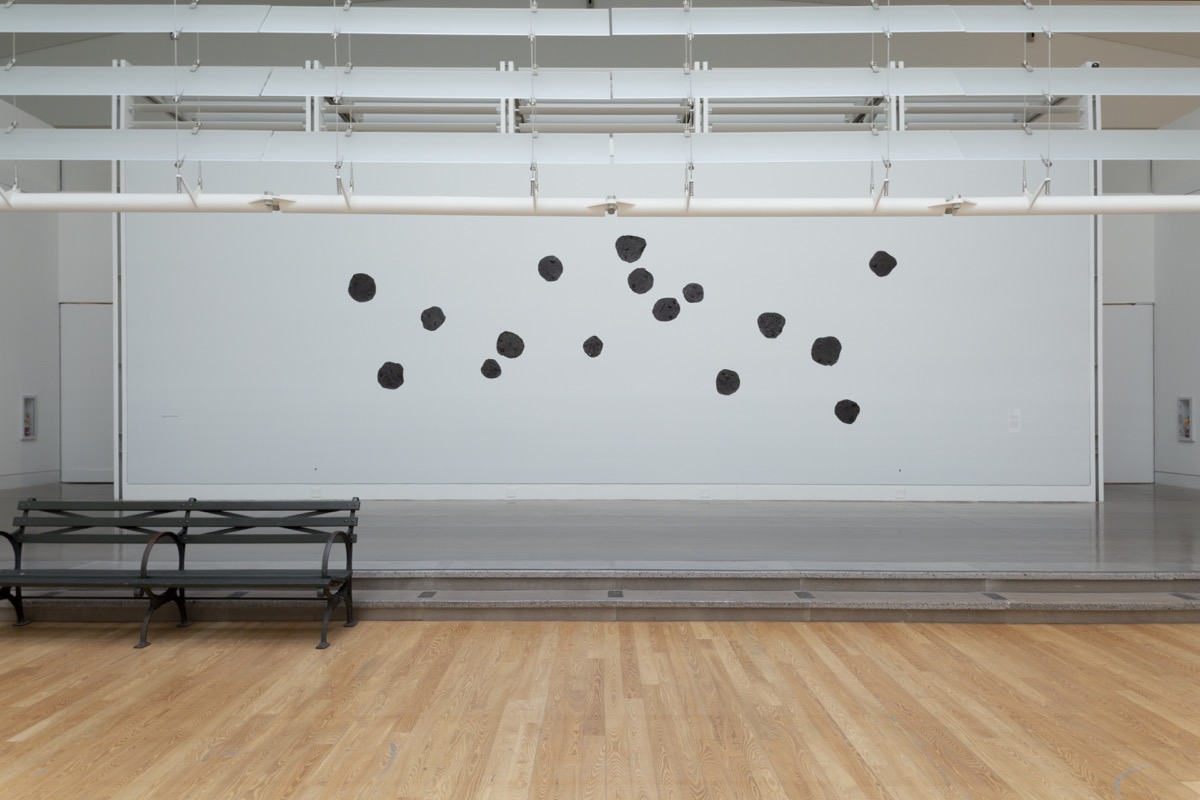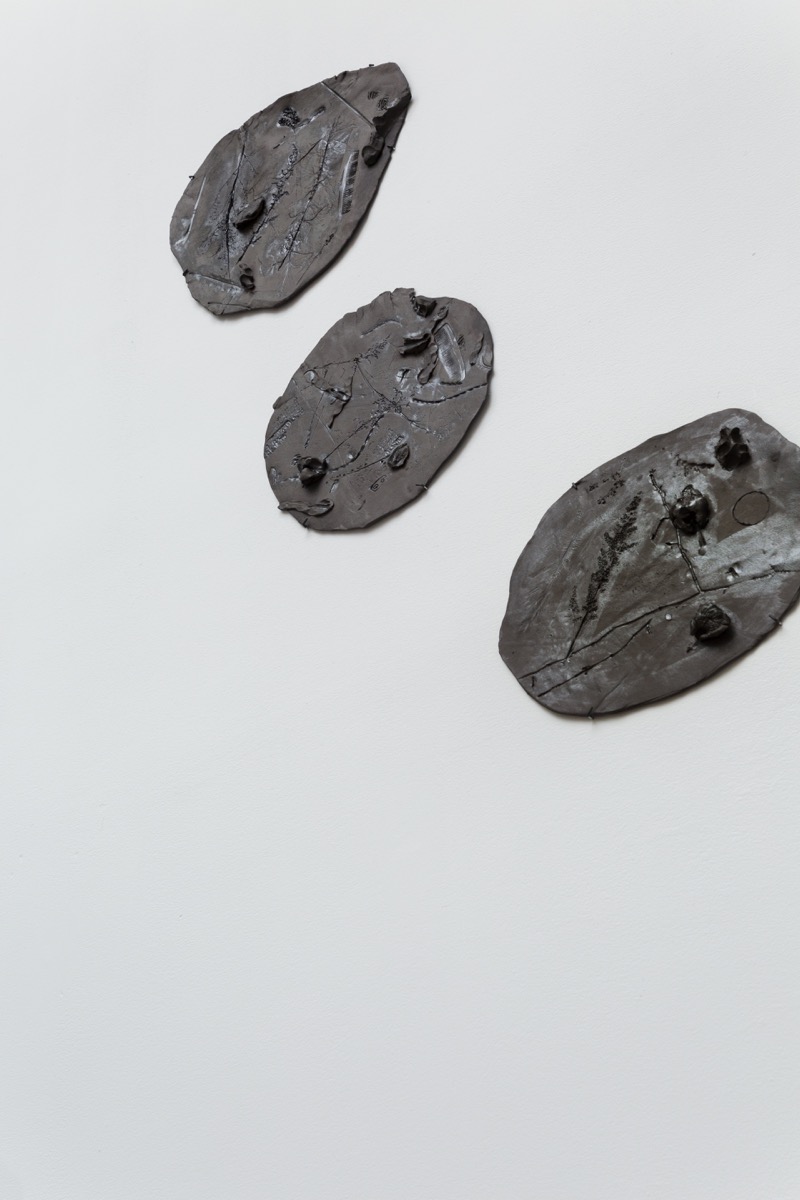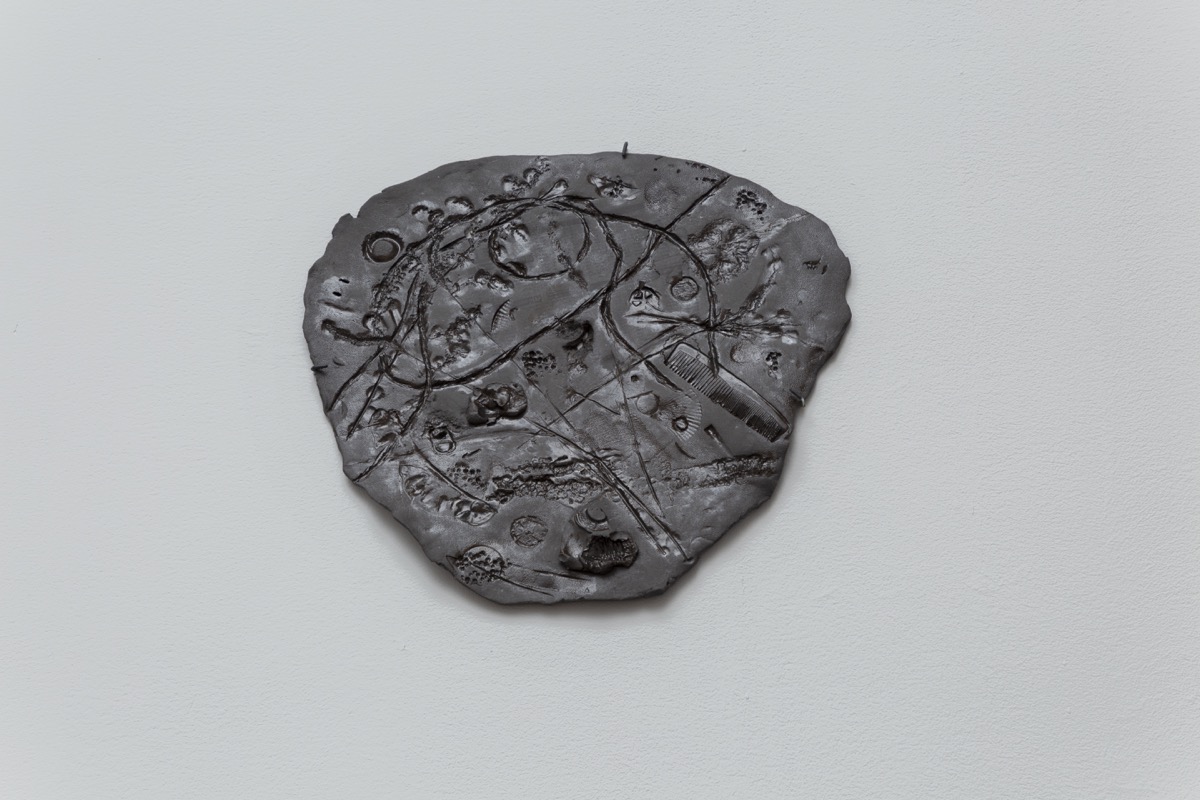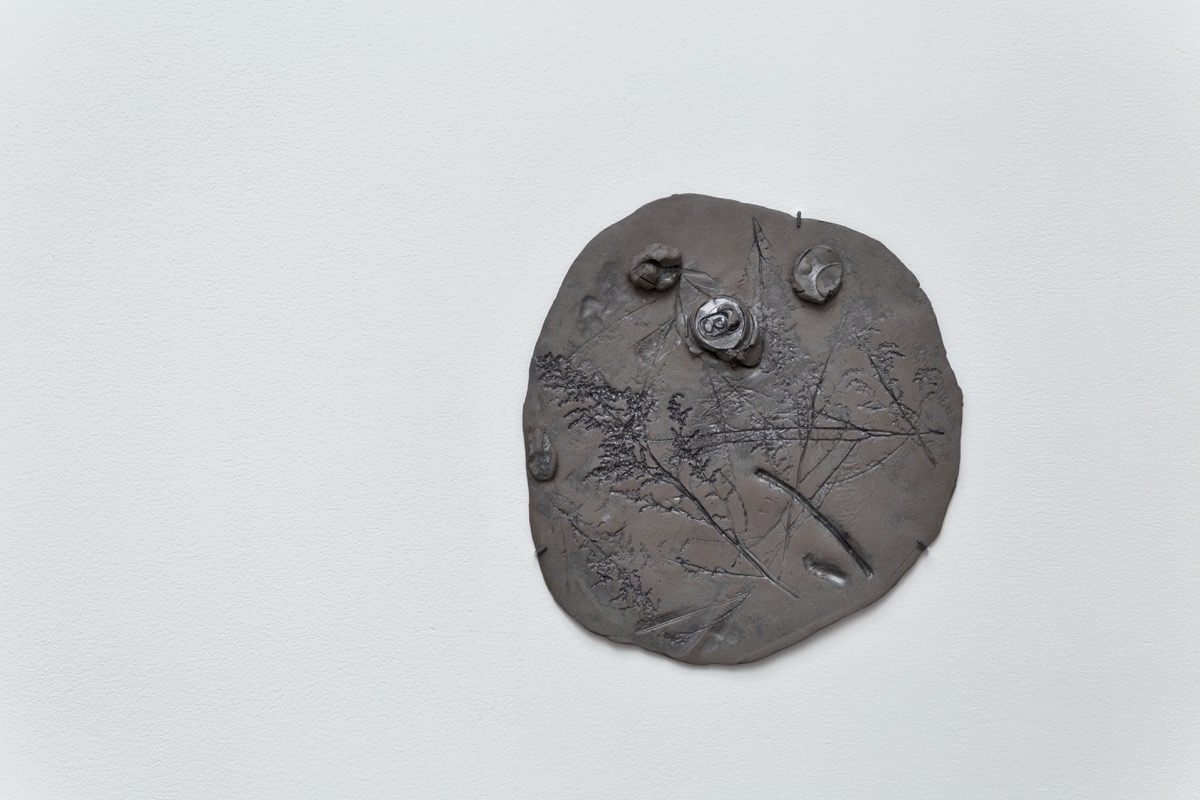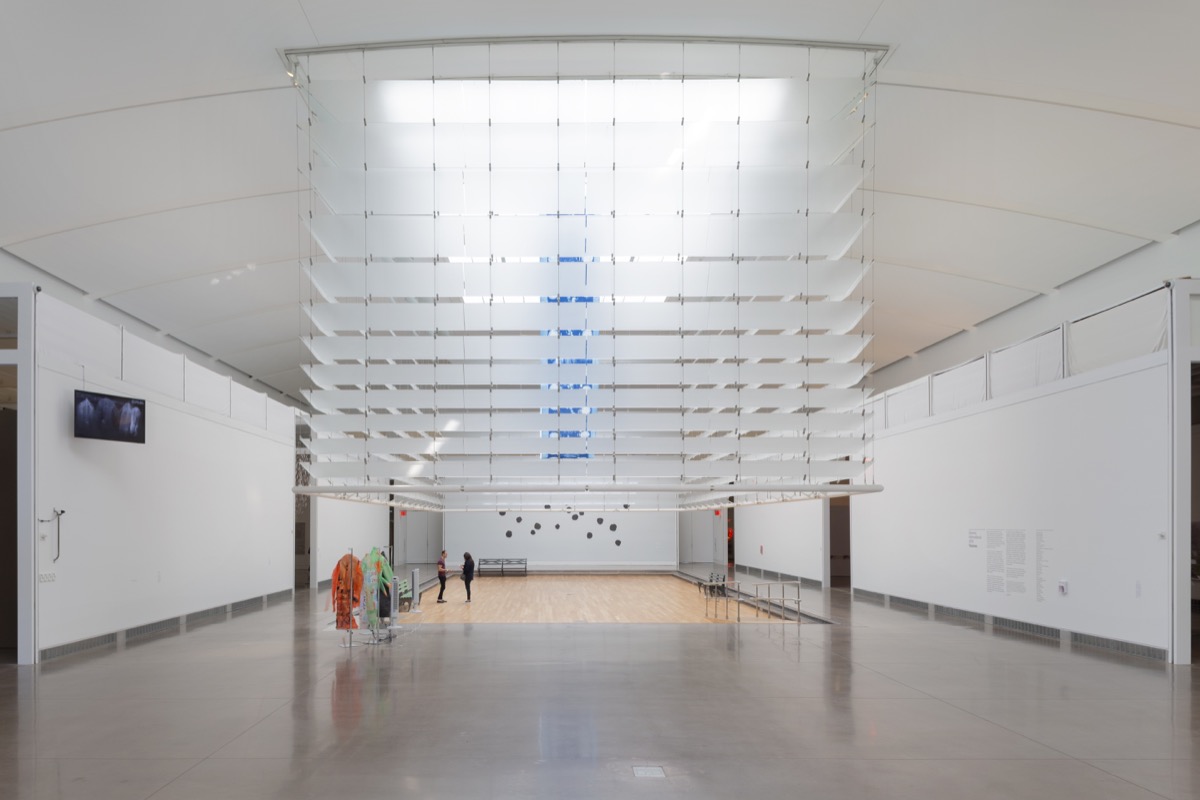| Essye Klempner | 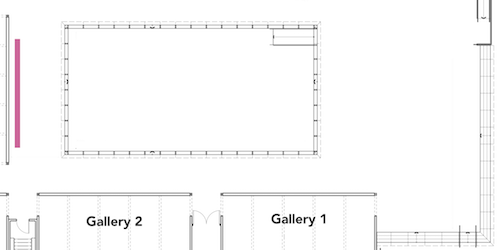 |
|||
| After seeing Anna Atkins prints at the Drawing Center in 2004, I began to make sun-prints (or cyanotypes) of plants, leaves, and flowers so I could learn identify them by their patterns traced on light-sensitive paper. The ceramics came from the same desire to study the environment. They are inverted imprints from different materials, and the first ones I made were of trees. In recent years, it became clear I had to use plastic in these works, because unfortunately, that is a part of the environment that we live in; the imprints of plastic objects can also be easily identified. I now gather material on my everyday walks in the city, from weeds, leaves to combs and other trash, to change in my pocket and personal notes, to publications and periodicals. In the sun-prints, the direct drawing from the material flattens to an image referring to our local environment—a microbiome of the urban condition, floating in out of visibility. When I use mushrooms, they draw themselves with spores on the prints and plexi, creating a complementary tension as they leave a physical trace, which helps identify them, but also expresses their desire to reproduce. Some of the materials for the works in QI 2018 are from Flushing Meadows Corona Park—famously a former dumping ground for coal ash that filled a unique salt marsh—and other materials are from my life. Using plastics or waste is not only specific to our local urban biome but our physical history, which is present in the stratigraphic remnants that some call technofossils—maybe they’re more technomarks—anyway, these are the detritus of massive financial growth. |
 |
|||
| There are narratives and ideas in the work that might not contribute to the viewer's experience unless they knew me. Also, one of the reasons I am drawn to photography is its historical connection to the paranormal. I also use cheesecloth in my work, thinking about how it was once used to create an illusion of ectoplasm crawling out of the holes of bodies in photographic images. For me, the cheesecloth also makes reference to coal-powered textile factories that really begin the boost of CO2. Conflating these ideas, I imagine- capitalists excavation of coal is equal to body snatching, and the burning of this dead matter has triggered a haunting in the form of CO2 for the disrespect for pillaging of its remains... I find mushrooms all over the city - many people don't see them. They also don't know that mushrooms/fungi are closer to us animals than plants; not only in their source of nutrients, how they digest dead matter, but within their structure being made up of chitin, as can animal skeletons, and how they reproduce. Their evolution is mysterious—I even heard that they originated from a comet. I often wonder what would happen if mushrooms had only evolved quicker to digest lignin and organic matter to shorten the carbon burial stock of coal and other fossil fuels that sustain capitalist economies. Unlike organic materials, capitalism only knows to grow, expand and steal—as it extracts and consumes all it encounters leaving waste and destruction. Its origins are in the sixteenth-century takeover of the commons—formerly people shared soil locally—through what is known as the known as enclosure laws. At one point, when England’s soil was depleted, they used the nitrogen of bones from the battle of Waterloo to replenish it; that wasn’t enough so they went to an island in Peru that had hundreds of years’ worth of guano (bird excrement) many meters thick, to take more nitrogen to use for agriculture. It has continued its process of expulsion and extraction and it is entangled with finance and, obviously, colonization. I am critical of any talk of “green” capitalism as I believe there can be no such thing. |
||||
| Volumes points to something outside itself, to something that has happened or something to come. It has the opportunity to be revised, and change within time—it does not need to be fixed, and can be conscious of history. John Trudell said history is a weapon. We are suffering from mass extinction—they say 100 species a day. It feels hopeless but like Trudell, a jailed Native American activist whose wife and children were killed in a mysterious fire when he was away- we must know our history and learn from what worked, or how to organize and seize opportunities. This is a matter of life and death. History knows accountability is fuel for the future. | 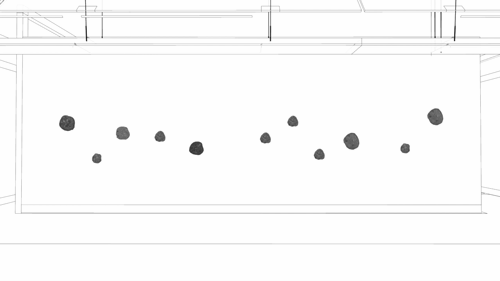 |
|||
| prev | Essye Klempner (b. 1984, Louisville, KY) earned an MFA from Mason Gross School of the Arts at Rutgers University (2014), and a BFA from School of Visual Arts (2006). Klempner has exhibited her work at RISING URBANISTS Conference at Hunter College, New York, NY (2018); Cuchifritos Gallery + Project Space, New York, NY (2018); Blackburn 20|20 Gallery, New York, NY (2018); EFA Robert Blackburn Printmaking Workshop (RBPMW), New York, NY (2017); Temporary Agency, New York, NY (2016); Mason Gross at Civic Square, New Brunswick, NJ (2016); Underdonk, Brooklyn, NY (2016); 321 Gallery, Brooklyn, NY (2016); TSA, New York, NY (2015); and Blackston Gallery, New York, NY (2015). She is an artist in residence in the ceramic department at Hunter College. She has curated several shows at Underdonk in Brooklyn, and an online exhibition for White Columns called Liberate Soil. She is the program and exhibition manager at EFA Robert Blackburn Printmaking Workshop, where she prints for Grassroots Arts Fund, providing local activists printing material. She is also a co-founder of SEMINAR reading group and Ink Cap Press. She lives and works in Ridgewood, Queens. | next | ||
| prev | next | |||
